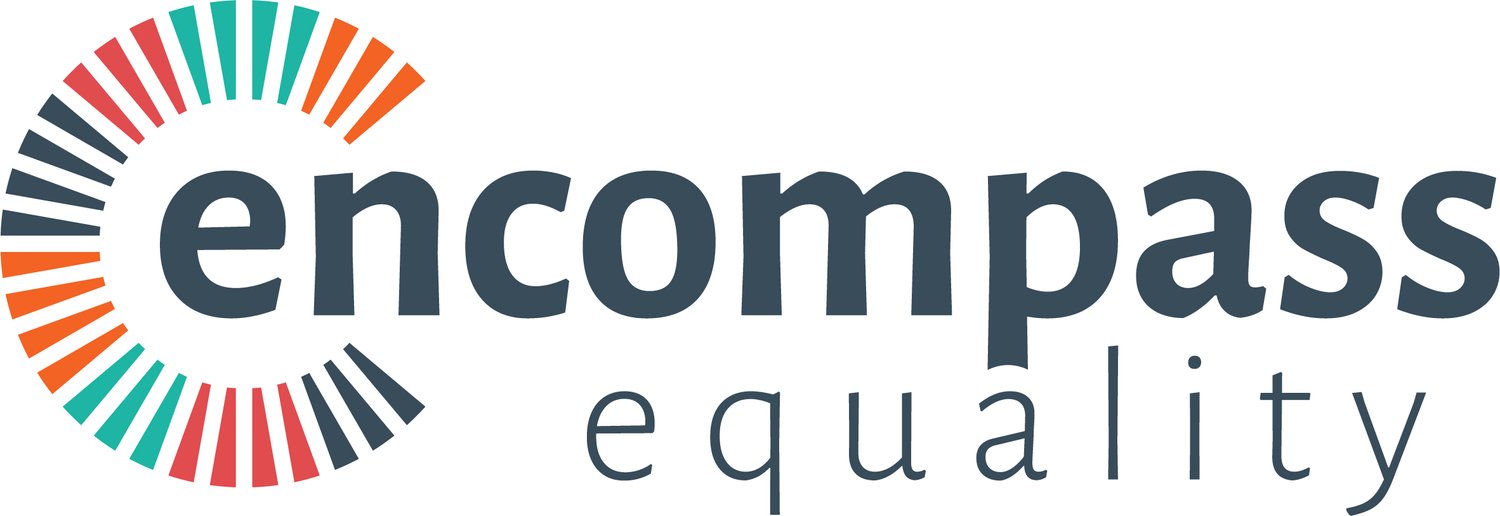Could inclusivity and psychological safety at work be more important than diversity and equity?
Diversity and equity are important, but are they what matters most? Or is inclusivity and psychological safety more important? Can a lack of it in the workplace be lethal? In the case of NASA, it caused a space shuttle to fall out of the sky.
A culture of exclusivity
Anyone in the UK who has watched the BBC’s excellent three-part documentary about the 2003 Columbia space shuttle disaster will, I suspect, have come to the same conclusion about the causes of the accident.
In technical terms, a piece of foam broke free from the fuel tank during the launch phase, causing catastrophic damage to the shuttle’s left wing that led to it breaking up when it re-entered the earth’s atmosphere. But that wasn’t really the underlying issue.
What became abundantly clear as the story progressed, was that a culture of exclusivity and a lack of psychological safety at NASA was warping the organisation’s view of events and causing it to make fatally-flawed decisions. Individuals knew about the foam problem but felt unable to challenge the views of their bosses. That led to decisions being made within an echo chamber, by leaders unable or unwilling to see what was actually happening.
The importance of psychological safety
I watched the documentary the same day that I watched a video of Timothy Clark delivering a talk on his four stages of psychological safety, and the link between the two was extraordinary. Here was Clark talking about the importance of building psychological safety in order to create a culture of inclusivity, and here was one of the world’s most admired organisations failing to do just that, leading to the deaths of seven astronauts.
Diverse organisations outperform those that aren’t
It was also the same day that I’d been pondering the question of whether diversity should be a goal in its own right or whether we should shift the focus onto what diversity can help us to achieve. The pursuit of diversity was clearly the right thing to do, I reckoned. And I reminded myself that there was a growing body of data showing how organisations that have diverse leadership teams outperform those that don’t.
But could we be sure about the causal relationship? Could we really say that these organisations were performing better because they had more women in leadership positions? That seemed much less clear.
Fatal consequences
In the case of NASA, here was evidence of an organisation that was failing in the most obvious way (its employees were dying) because its culture wasn’t sufficiently inclusive. The third stage of Clark’s psychological safety model - where everybody feels able to contribute - hadn’t been reached, and the resulting lack of inclusivity had fatal consequences.
Could we say that the same problem lay at the heart of the 2008 financial crisis, in which “groupthink” went unchallenged and the global economy was brought to its knees? That seemed highly likely, too.
Re-examining the relationship between diversity, equity and inclusion
It reinforced the sense that the relationship between diversity, equity and inclusion needs to be re-examined and brought into sharper focus. There’s a tendency to lump these three concepts together a bit fuzzily, but the picture that was reaffirmed in my mind was one in which inclusivity is of paramount importance, diversity is a powerful indicator of its presence, and equity is the means by which it is achieved.
I’m not remotely convinced that having a more diverse group of leaders would have made any difference to the outcome of Columbia’s last mission in and of itself. But I’m absolutely convinced that a culture of inclusivity, built on an understanding of psychological safety, would have.
A very useful indicator of that culture would have been a diverse group of leaders, and the pursuit of inclusivity would doubtless have been well-served by acknowledging that everybody has different starting points, different obstacles that stand in the way of them feeling psychologically safe, and different but equally important perspectives to contribute.
A human issue, not a size issue
NASA is a huge organisation challenging the literal frontiers of human capability and achievement, so it might be easy to disregard this an issue affecting only similarly large, ambitious or powerful organisations. However this is a human issue, not a size issue.
Every organisation that employs people needs to carefully consider the impact their culture has on the wellbeing of their employees. Every employee is a unique individual and a colleague, a child, a sibling, a friend and possibly a parent. Every person in your team not only impacts the performance of your organisation, but also the lives of a network of others beyond count. While space shuttles might not be at risk, the happiness and wellbeing of those in your organisation is.
April is Stress Awareness Month
Psychological safety is allowed to flourish in a culture of inclusivity, compassion and care. Understanding what drives, motivates and stresses all of us humans, can be an important step in cultivating such an environment at work.
With the Stress Awareness Month of April upon us, if your organisation is interested in developing inclusivity, psychological safety or supporting your employees to understand and better manage stress or wellbeing, at Encompass Equality we offer a range of practical solutions to help you. Focussing on Inclusive Leadership, Allyship and Sponsorship, Health and Wellbeing, and Career Momentum, choose from off-the-self webinars and workshops, group coaching bundles or more bespoke programmes tailored to your organisation’s needs.
Get in touch to find out more about how we can help you.

